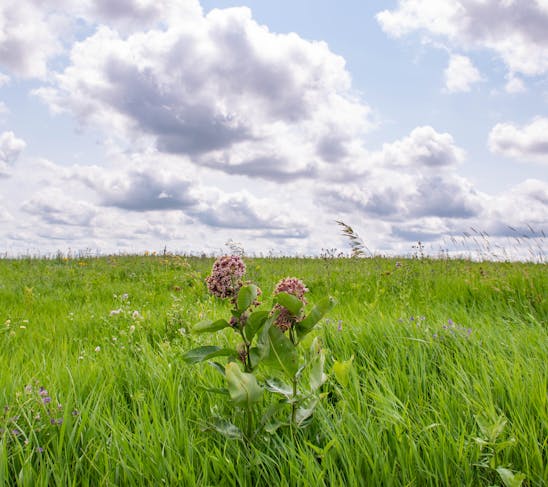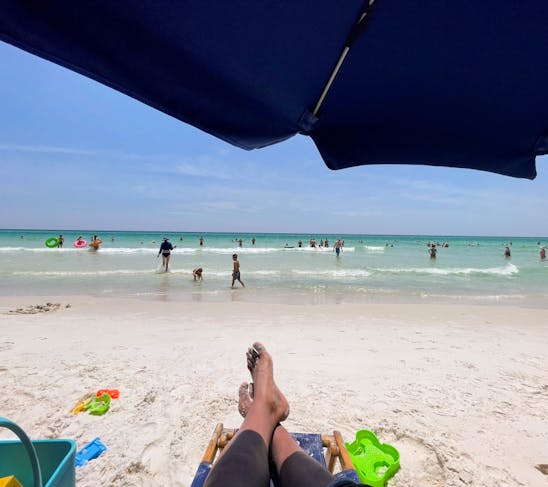It’s 11:00 p.m. on Wednesday, July 8, 2015, and the sun is finally setting; although, one look at the twilit skies would tell you otherwise. Today was overcast and dreary with billowing clouds concealing the typical mountain views, providing a suspenseful backdrop for viewing bald eagles in the wild. I saw six eagles on my 30-mile drive up the Old Haines Highway, a good ending to my first week here in Alaska. Tomorrow, I return my rental car and begin a nine-day writing session—the longest I’ve ever gone in one stretch.
There are pros and cons to staying outside of town. The primary con, as you can imagine, is simply the time it takes to drive back and forth. On the other hand, the ultimate pro of cruising a National Scenic Byway like the Old Haines Highway is that you never know when bald eagles will flash their regal feathers. Every time I spot one, I always pull over and snap a few pictures—that is, unless I’m running late for a "flightseeing" tour like I was on the morning of Saturday, July 4.
I pulled up to the small Haines Airport a few minutes past 10:00 a.m. and met Paul, the pilot of a rebuilt 1956 de Havilland Beaver that would take us up for a bird’s eye view of nearby Glacier Bay, an international World Heritage Site consisting of more than three million acres of ancient icefields, coastal mountain ranges and, of course, the glacial-sculpted bay for which it was named.

We were airborne within minutes. Paul cleared the bay's eastern-bordering Chilkat Mountain Range and headed in the opposite direction toward the appropriately named West Arm, where he pointed out a variety of hanging, valley and tidewater glaciers, the latter of which end as floating icebergs.
As we reached the remote East Arm, I heard Paul’s voice in my headset, telling me that the tall mountain in front of me was Mount Fairweather, the pinnacle of the Fairweather Mountain Range that borders the national park to the west. The jagged mountaintops rise more than 15,000 feet, making it one of the tallest costal ranges in the world.
We followed them south to the Brady Icefield, learning more about the history of the bay and the origin of its landscape each time Paul pointed out one of its 50 named glaciers, each of which is a receding remnant from the area’s last glacial period known as the “Little Ice Age” that first began more than 4,000 years ago.
A survey completed in 1794 showed that present-day Glacier Bay was previously covered in a sheet of ice 4,000 feet thick and 20 miles wide, stretching more than 100 miles northwest into Canada. The ice has since retreated more than 60 miles—the fastest glacial thaw on record—and in the process has carved out one of the most stunning landscapes I could ever hope to see from a plane cruising 120 miles per hour high above the deep-blue waters.

Paul said to be on the lookout for humpback and orca “killer” whales, two of the countless marine species known to frequent the bay. I proceeded to scour the waters in search of disturbances, and sure enough, a few minutes later I spotted the dark shadows of a humpback whale rising toward the water’s clear surface. To cap off the trip, we flew by and saw a close up of the hanging Rainbow Glacier and its much-heralded cascading waterfalls.
It wasn’t even 11:30 a.m., but it was already a 4th of July for the ages. As soon as we landed, I hopped into my car and made a beeline to town, hoping to catch the end of the parade. I had thought about taking the ferry to Juneau the night before and partaking in the “big city” festivities, but I decided it would be better for me to stick around Haines and celebrate our country’s independence in the under-the-radar town of less than 2,500.
The Haines residents celebrated like any proud American city would, but their small-town charm made the festivities even more memorable. There was a town barbeque at the local park sponsored by the public library with burgers and brats cooking on the grill. Dessert stations overflowing with pies and cookies were well represented at a variety of locations, along with games and activities for all ages, including a dunk tank, rubber ducky race, mud volleyball, a "nail-pounding" contest and Haines’ very own “mad raft race,” where teams build their own make-shift boats and paddle down the Chilkoot River.

I took most of the day off, other than the few hours I used to write after being inspired by a pair of bald eagles in the tree above my head. I later walked over to the Parade Grounds inside historic Fort Seward and spent the rest of the evening listening to a live music festival from the grassy field overlooking the cove.
Despite the fact that there was more light than darkness, the annual fireworks show started promptly at 11:00 p.m., which evolved into a 45-minute spectacle with rogue fireworks being set off from multiple locations, backlighting the mountain panorama in red, white and blue. Only if the eagles watching from their nests knew that all of the fuss was about them.
Follow me on Instagram at @Joshua_Maven or @HonchotheVan, on Twitter @MaventheRaven or Facebook at Facebook/TheLastImperial.
Midlife Revival
It’s Friday, July 11, 2025, and I just completed my second French lesson of the week. I’ve been working with an online tutor for the past six months in hopes of communicating with my 22-month-old son as he advances in his mother’s native tongue. I’ll be honest, learning a new language has proven quite the challenge. My tutor insists that I’m making progress, but it rarely feels that way to me.

Postcards to Samuel
It's 8:00 p.m. on Wednesday, July 31, 2024, and I'm trying something a little different with this post. Instead of my usual blog format, I compiled a series of postcards that I wrote to my 10-month-old son, Samuel, during a two-week road trip I recently took to the Great Lakes. I plan to give him these postcards, along with others from future trips, when he's older in hopes that they will inspire him to chase his own dreams, whatever those might be.

False Summit
It’s 12:00 p.m. on Sunday, July 30, 2023, and I’m lounging at the beach enjoying the white sands and green waters of Florida’s Emerald Coast. Today is my 40th birthday and a relaxing getaway is exactly what I needed after a two-week road trip out west, where I hiked the highest peaks of Colorado and Arizona. The reasoning behind my latest excursion was simple: if I’m going to be “over the hill,” then I might as well be standing on top of a mountain.

